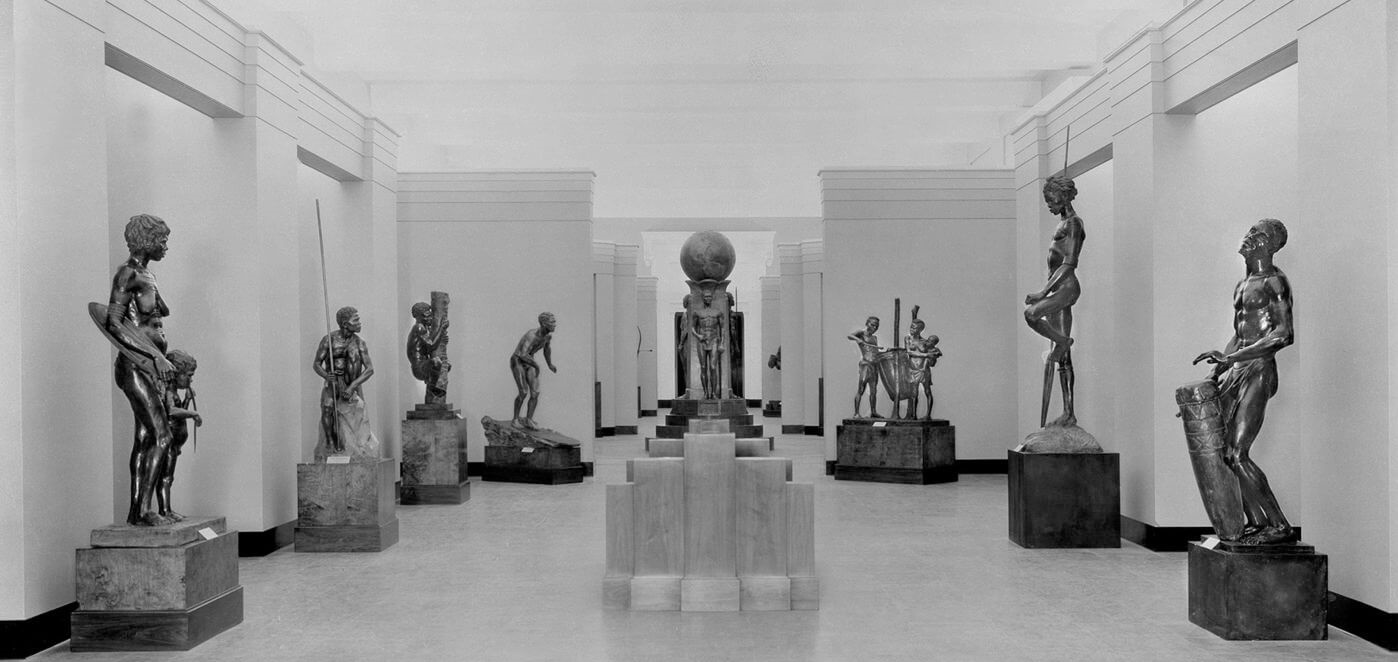As an infamous alloy of copper, bronze can be composed of elements of varying amounts. The most popular uses of bronze are in ornaments and jewelry, and when an element harder than copper needs to be used for a project. The fact that the elemental composition of bronze varies so much means that its weathering characteristics vary a lot too. Real or “true” bronze is made up of 10% tin and 90% copper elements. Let’s focus on the advantages of bronze for metal sculpting.
Most popular forms of bronze for use in metal sculptures
- Commercial bronze
The makeup of this type of bronze is as described above (10% tin and 90% copper)
- Statuary bronze
This is a selection of bronze consisting of 97% copper, 1% zinc, and 2% tin. In the vast world of bronze smithing and sculpting, statuary bronze is the most similar to true bronze.
- Architectural forms of bronze
This type of bronze is made up of 40% zinc, 57% copper, and 3% lead.
Bronze is hard and brittle and melts at 950 degrees. The metal is capable of resisting seawater corrosion and metal fatigue to a better extent compared to metals like steel. Modern versions of bronze are usually copper alloys containing aluminum, manganese, silicon, and zinc. Tin may or may not be a component of a bronze alloy. In its pure, raw state, bronze features a pinkish color on its surface. The color of bronze that has been exposed to the elements such as corrosion and oxidation can vary from lime green to dark brown. The factors that affect the corrosion speed of bronze alloy include weather conditions the metal is exposed to, atmospheric pollution levels, the makeup of the bronze alloy, and the amount of patination (protective coating) applied at the factory.
Popular alternative uses of bronze
- The little metal-on-metal friction levels exhibited by bronze means that it is a popular choice for making cannons that can fire iron cannonballs.
- Bronze is a fan favorite for making musical instruments like cymbals, saxophones, and bells.
- Bronze is sturdy, durable metal, making it suitable for producing springs, pilot bearings for automobile transmissions, bearings, and bushings.
- Bronze is regularly used as a component in electrical parts.
- Bronze does not produce sparks when banged against a metal surface, making it suitable for hammers, mallets, and wrenches that can be used in flammable environments.
- There are specific types of wires and high-quality screws that are made from bronze.
- Window and door frames and mailboxes and chutes.
Advantages of using bronze for producing sculpture
To select the best material for proper sculpting and art, one needs to consider the metal’s mechanical properties, availability, and processing cost.
- Weldability – many forms of bronze can be welded.
- Corrosion resistance – the ability of the metal to form protective surface films means that it can survive in many adverse environments.
- Durability – alloys derived from copper stack up well against steel and are used in gear parts and bearings.
- Ease of soldering and brazing – all varieties of copper alloys such as bronze can be soldered and brazed.
Conclusion
Bronze is a classically fine metal for metal sculpting artwork.
